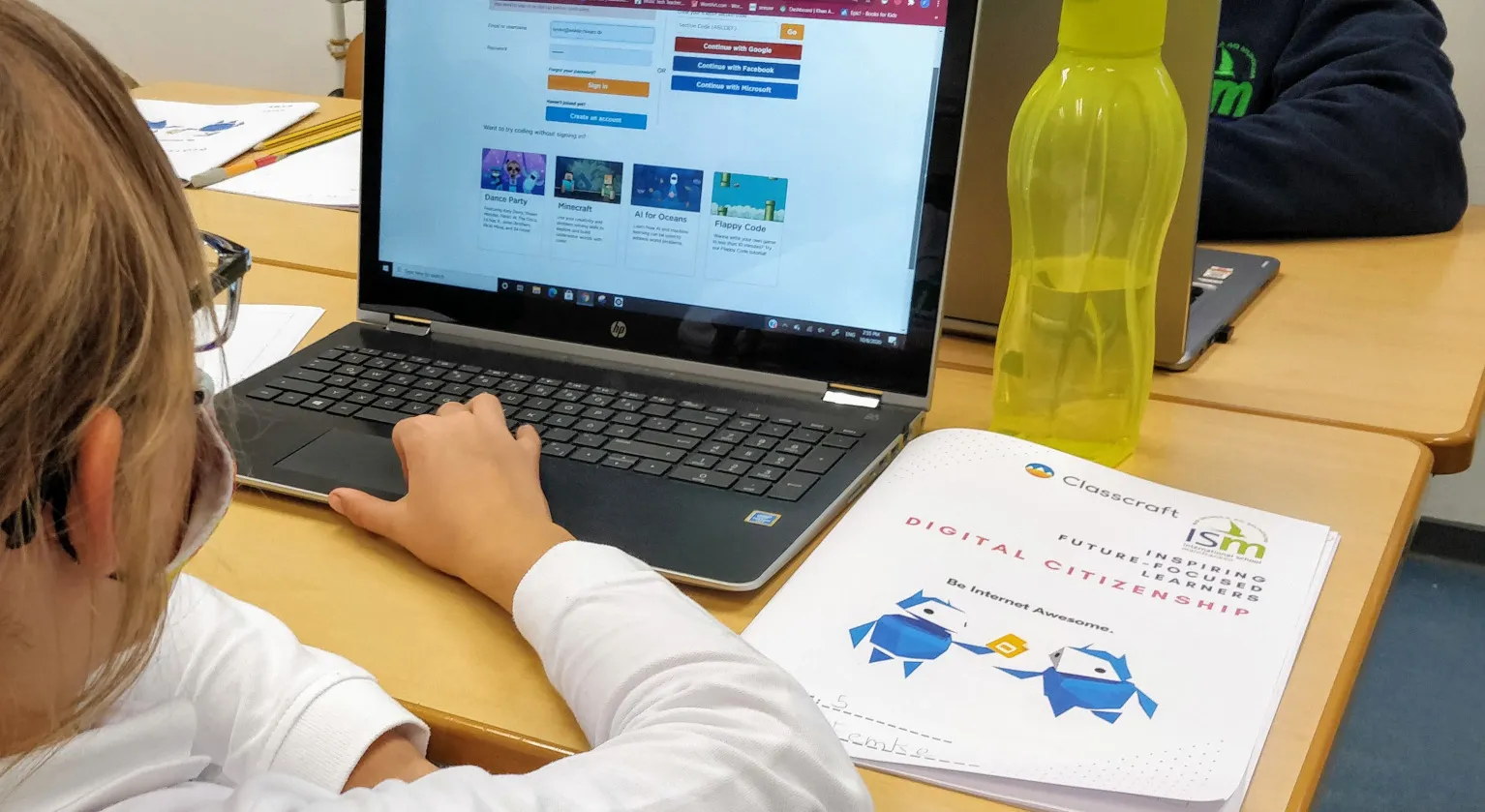As the world becomes increasingly connected, the demand for effective and engaging language learning methods has never been greater. Gamified learning, a method that incorporates game elements into the educational process, offers an exciting and interactive approach to language acquisition. With features like virtual reality games, augmented reality apps, and educational board games, gamified learning has the potential to transform the way we learn languages. In this article, we’ll explore how this innovative approach to language education can benefit both learners and educators alike.
The Digital Report Card: Tracking Progress and Engagement
Gamified learning platforms often include a digital report card, which functions as a personalized profile for each learner. This profile tracks the individual’s progress through tests and activities, showing their scores and achievements over time. As learners complete tasks and challenges, their scores may increase, but they may also deteriorate over time without consistent practice. This system incentivizes learners to stay engaged and consistent in their language learning journey.
Personalized Learning Through Preferences and Quizzes
Gamified learning platforms often incorporate personality tests, skills assessments, and quizzes to tailor the learning experience to each individual. By understanding a learner’s unique strengths, weaknesses, and preferences, these platforms can create customized learning paths that cater to their specific needs. This personalization leads to a more enjoyable and effective language learning experience.
Peer Evaluation and Collaboration
In addition to self-assessment, gamified learning platforms may encourage peer evaluation and collaboration. This feature allows learners to test and evaluate each other, providing valuable feedback and creating a sense of community. Peer evaluation fosters healthy competition and motivates learners to improve their language skills.
The Gamified Learning Scoring System
To create a comprehensive and effective gamified learning experience, platforms must develop robust testing and evaluation systems. A learner’s overall score might be based on factors such as engagement, statistical performance, consistency, results, and interests. By monitoring these factors, educators and learners can gain valuable insights into the learning process and make informed decisions about how to optimize their language learning journey.
The Role of CEFR in Gamified Language Learning
To provide a standardized measure of language proficiency, gamified learning platforms can utilize the Common European Framework of Reference for Languages (CEFR). By dividing language proficiency into different segments such as reading, writing, listening, and speaking, the CEFR provides a clear and universally recognized benchmark for learners to track their progress. Integrating CEFR standards into gamified learning platforms ensures that learners’ achievements are consistent with internationally recognized criteria.
Real-Time Feedback and Adaptability
One of the most significant advantages of gamified learning platforms is their ability to provide real-time feedback on learners’ progress. As users take courses or practice their language skills, their scores are updated immediately, allowing them to see the impact of their efforts. This instant feedback motivates learners to stay engaged and strive for continuous improvement.
Gamified learning has the potential to revolutionize the way we approach language education by offering immersive and interactive experiences that engage and motivate learners. By combining elements of gaming with personalized learning paths, peer evaluation, and real-time feedback, this innovative approach can lead to a more effective and enjoyable language learning experience for learners of all ages and backgrounds.
